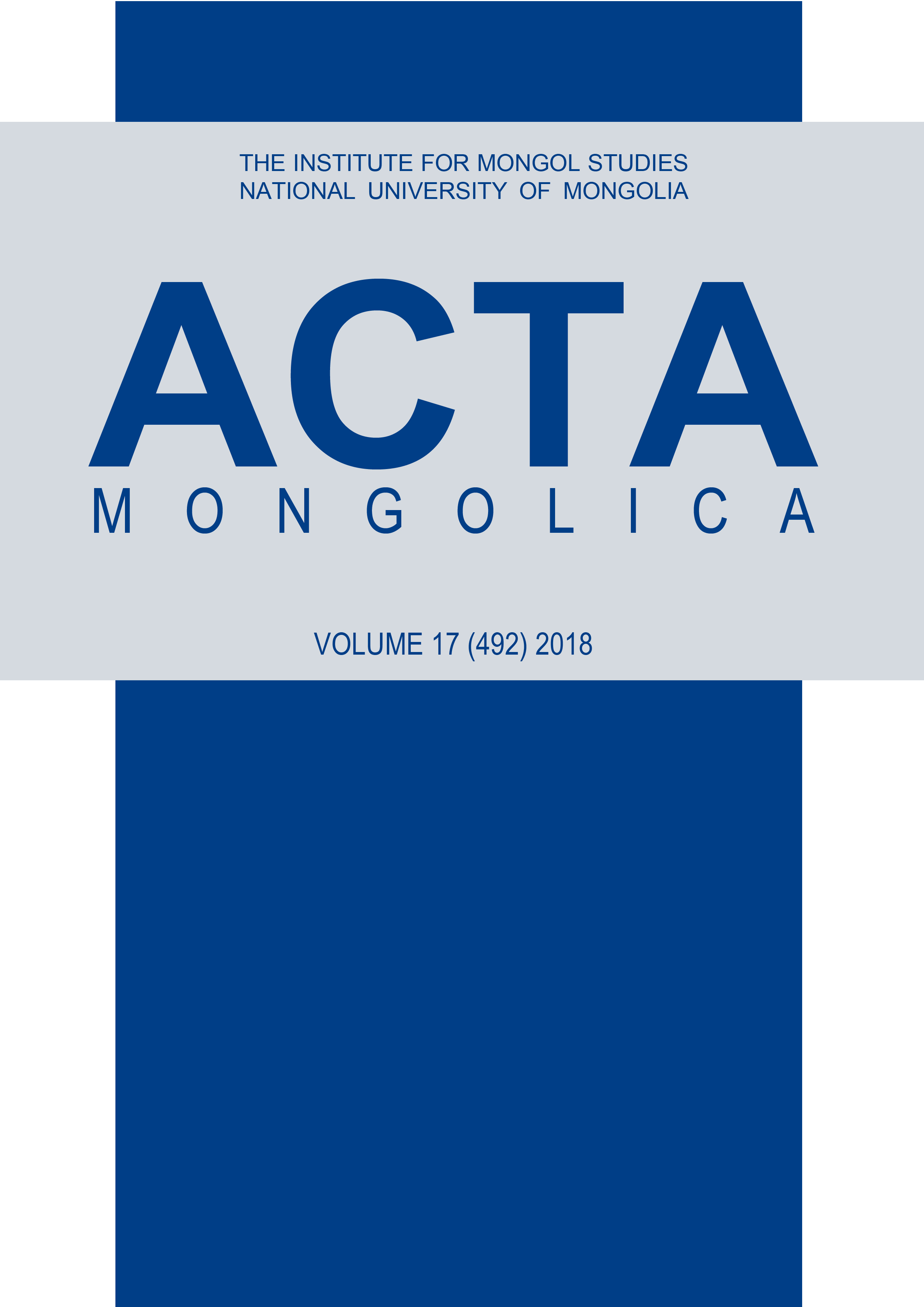Mongolia at 800 The State and Nation Since Chinggis Khan
Main Article Content
Abstract
I hope that this brief essay on the history of the Mongolian state and nation has clarified a few points. I have tried to demonstrate that conceptually state and nation are not interchangeable and each deserves to be treated in its own right. The state started out in 1206 with a truly centralized government and it included all inhabitants of Mongolia from Lake Baikal to the Ordos Bend. Moreover, it had complete political and military sovereignty. From the fourteenth century on, the state gradually lost its central power as the Golden Horde and the Ilkhanate went their own separate ways, and no later than the end of the seventeenth century the Mongolian state ceased to exist altogether, never to be resurrected to its former extent. In a purely legalistic sense, one could perhaps say that a state was reestablished in 1921 or 1924 in the northern portion of Mongolia, but for most of its existence that state had no sovereignty in any real sense because it was subjected to total Soviet control. Only in the past fifteen years can one speak of a Mongolian state with at least a modicum of sovereignty, but one that has control over only slightly more than 30% of the Mongols living in Mongolia.
Article Details

This work is licensed under a Creative Commons Attribution-ShareAlike 4.0 International License.
References
Joseph Fletcher, “The Mongols: ecological and social perspectives,” Harvard Journal of Asiatic Studies 46 (1986), 11-50.
Wiesbaden : Harrarrowitz, 2005), 1-10; and “Pan-Mongolian poetry from 1945,” in Mongolian Studies 27 (2005), 57-70.

